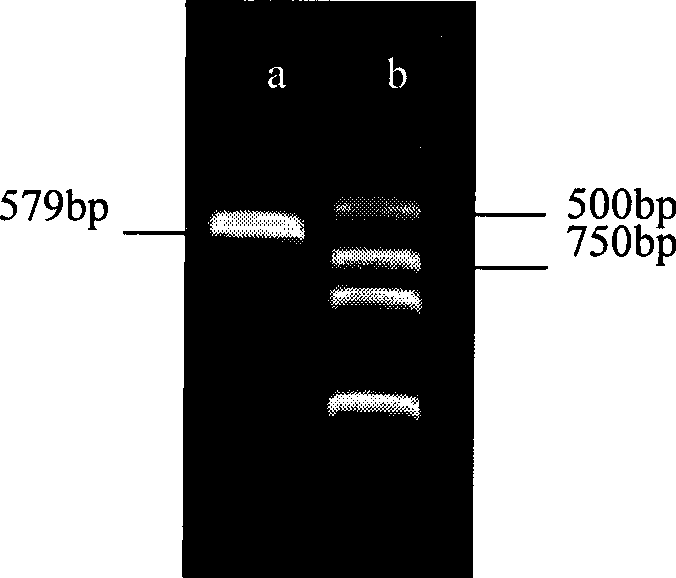Early light-inductive protein gene and preparation method thereof
A light-induced, protein technology, applied in the fields of botany equipment and methods, biochemical equipment and methods, genetic engineering, etc., can solve the problem of low salt tolerance, and achieve the effect of enhancing salt tolerance and improving salt tolerance.
- Summary
- Abstract
- Description
- Claims
- Application Information
AI Technical Summary
Problems solved by technology
Method used
Image
Examples
specific Embodiment approach 1
[0017] Embodiment 1: The sequence of the coding region of the early light-inducible protein gene in this embodiment is shown in SEQ ID NO:1.
specific Embodiment approach 2
[0018] Specific embodiment 2: The amino acid sequence of the early light-inducible protein gene in this embodiment is shown in SEQ ID NO: 2.
specific Embodiment approach 3
[0019] Specific embodiment three: In this embodiment, the early light-induced protein gene is prepared according to the following steps:
[0020] 1. The total RNA of Tamarix tamarix was extracted by CTAB method;
[0021] 2. Isolate mRNA with the mRNA isolation kit of Promega Company, and take 5ug of mRNA for constructing Tamarix cDNA library. The cDNA library construction kits are ZAP-cDNA Synthesis Kit and ZAP-cDNA GigapackIII Gold Cloning Kit. 7.2×10 5 pfu, the recombination rate is 98%, and the length of the library clone insert is 0.9-1.1kb;
[0022] 3. Sequence the library clone: the sequencing primer is T3 primer, and the sequencer for cDNA library cloning is MegaBACE from GE TM 1000 DNA sequence analyzer, through the Blastx analysis of library clones to obtain the 5' fragment of the early light-induced protein gene, the sequence is:
[0023] CAGAATTTTAAAATTTTCTTTTTTTATTTATCTATTTATTTCATTGCAAAATTTGCTATACACTAGAATATTCACTAATATTGCATTGTGCACATTCAGCGTAACAAATTTTGTAAATCAAAGC...
PUM
 Login to View More
Login to View More Abstract
Description
Claims
Application Information
 Login to View More
Login to View More - R&D Engineer
- R&D Manager
- IP Professional
- Industry Leading Data Capabilities
- Powerful AI technology
- Patent DNA Extraction
Browse by: Latest US Patents, China's latest patents, Technical Efficacy Thesaurus, Application Domain, Technology Topic, Popular Technical Reports.
© 2024 PatSnap. All rights reserved.Legal|Privacy policy|Modern Slavery Act Transparency Statement|Sitemap|About US| Contact US: help@patsnap.com










